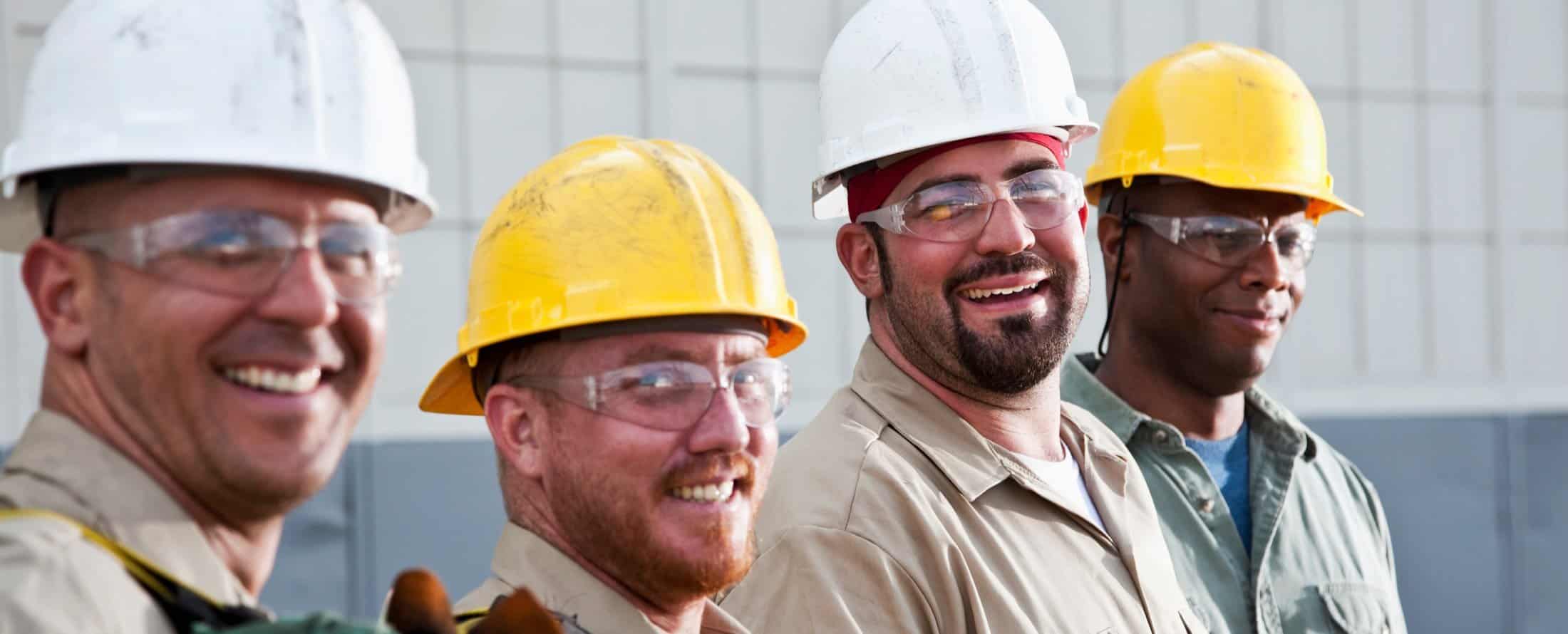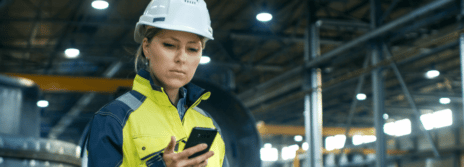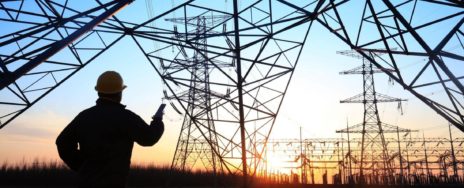Effective communication has always been one of the challenges of any construction team. A study conducted by PlanGrid and FMI found that 48% of all construction rework in U.S. construction sites is due mainly to miscommunication and poor project data accounts. And now that COVID-19 has affected businesses around the world, these issues have only become harder to manage.
As companies grapple with the threat of COVID-19, effective employee communication is more important now than ever. Having a solid employee communications strategy is critical to the continuity of business operations.
Here are some tips on how you can improve employee communication in construction during the COVID-19 pandemic and beyond.
1. Form a Dedicated COVID-19 Communications Team
The COVID-19 crisis poses such unique challenges to your construction operation that you may need to form a task force designed to respond to the situation and disseminate information rapidly. Your company is composed of workers doing a variety of jobs, sometimes in different shifts or even timezones. Because of this, your dedicated COVID-19 communication and response team should have people from different departments to ensure everyone is looped in on the latest initiatives and protocols.

Having a centralized platform with which to disseminate information will improve employee communications and reduce the risk of misinformation, especially during this time of uncertainty. Your dedicated COVID-19 response team should be responsible for ensuring social distancing and hygiene protocols are followed on site.
If you decide to expand work arrangements for part of your workforce, the team should also support employees who are working remotely. More importantly, the team will be responsible for communicating the company’s current status, especially if the organization will have to pause and restart operations at any point.
2. Establish Steady Communication
The extraordinary situation brought by the COVID-19 pandemic has resulted in a highly irregular workflow for construction companies. For instance, the supply chain for materials, tools, and equipment face significant delays and many construction companies are forced to rethink their procurement methods.
Because everyone is affected, expect difficulties in contacting project participants, including suppliers, subcontractors, project managers, and other stakeholders. The flow of information will understandably be disrupted.
Addressing this issue requires you to establish a regular flow of communication to ensure that all of your employees are on the same page every time a new issue arises or new information becomes available. By having a specific schedule for updates, you will be able to minimize the impact of uncertainties resulting from the COVID-19 crisis.
3. Take a Multi-Channel Approach to Communication
Another aspect of employee communication that you need to consider are the channels you use to spread information. After all, your employees from different departments will be scattered in multiple locations on the construction site or in their respective homes. Another factor to consider is that the average person working in construction is 41 years old. They may prefer more traditional channels of communication rather than their younger counterparts.

In order to improve employee communication, you need to reach everyone via the channel they prefer. The content of your communication must consider the diverse demographics of your workforce. It is quite a challenge to find a single communication channel that can satisfy the various needs of such a diverse audience.
You will be able to maximize the impact of your communication efforts by taking a multi-channel approach by phone, email, video chat, or dedicated mobile communication channel. This will guarantee that when updates are available, your employees can stay informed no matter when or where they work.
4. Provide Reassurance to Employees
Everyone’s lives have been changed by the COVID-19 crisis, and sadly, continuing business operations “as usual” is no longer an option. Even before COVID-19, construction is inherently a more dangerous industry as employees may scale skyscrapers, operate heavy machinery, lift overweight objects, etc. Combined with the health risk of COVID-19 and the postponement of construction projects, it is understandable that some of your employees will experience new fears and anxieties.
In this situation, you need to demonstrate a thorough understanding of your employees’ concerns. Anticipate their questions and hesitations and be prepared to respond with equal parts confidence and empathy. More importantly, be honest and transparent about the current status of your business and manage the expectations of your workers so you’re all on the same page.

The goal of communication at this time is to keep your employees safe, share valuable information, promote understanding, and give your workforce the support they need. We may all have been caught off-guard by the COVID-19 crisis, but by improving employee communication you will be able to create a more agile, connected workforce.
About the Author: Kevin Rabida is a content marketing specialist writing in-depth articles and guides about new technology, small business challenges, and blue-collar industry issues and has been featured in several US, UK, and Australian trade publications. He’s worked with companies like UPrinting, PrintPlace, and Handle.com.







